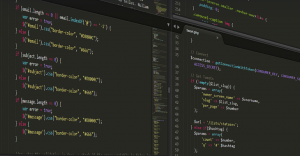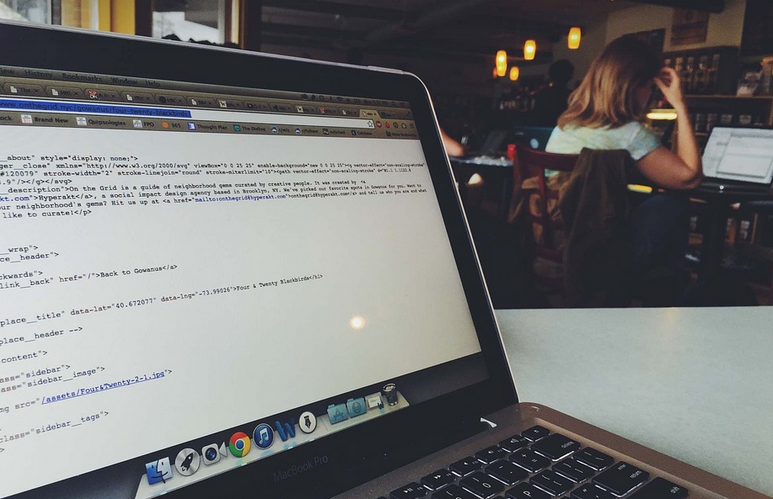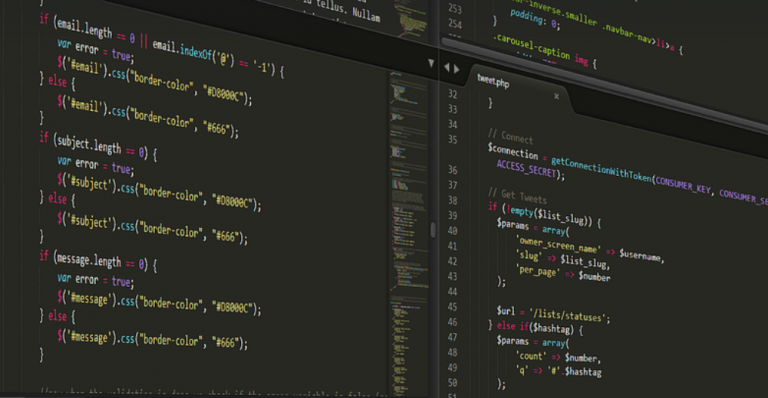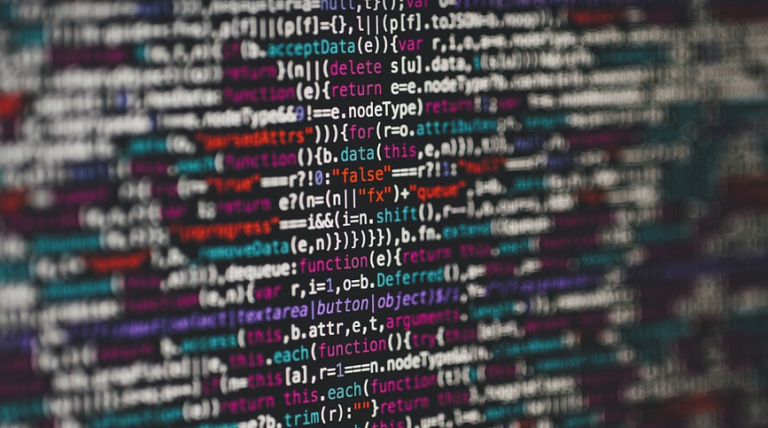A Crash Course in the Science of Solving Problems
You know that feeling, right? You see something weird happening, maybe some random change, or even an unexpected consequence. It sparks your curiosity and you’re just itching to understand *why*! The scientific method is your superpower when it comes to solving problems, exploring mysteries, and making sense of the world around us. Imagine it like a GPS for your brain, guiding you through a map of inquiry that leads you to insightful discoveries. Let’s dive into this process, starting with a quick overview that lays the foundation for any scientific endeavor. This isn’t just about complicated jargon or fancy labs; it’s about a mindset, a way of thinking that empowers us to investigate, analyze, and make sense of our world around us. **The Scientific Method: A Journey in Discovery** Think back to your childhood experiments – baking a cake with ingredients, observing what happens when you add vinegar or lemon juice! You’re already applying some sort of scientific method without even knowing it. Here’s the basic framework: 1. **Ask a Question:** This is where curiosity kicks in. It could be anything from “Why does my plant wilt?” to “What are the ingredients for making the perfect chocolate cake?”. The key is to formulate a question that can be investigated through observation or experimentation.
2. **Formulate a Hypothesis:** This is your educated guess, an answer to your question. It’s like saying *“I think…*” and then working to test if it holds true. You’ll need to develop a hypothesis that addresses your question. A good hypothesis should be testable – meaning it can be proven or disproven through experiments! 3. **Design an Experiment:** Get ready for some action! This step is all about setting up your investigation, making sure you have the right tools and resources to test your hypothesis. Think about what variables need to be controlled. You want to ensure that anything you observe can be directly attributed to your experiment’s effect.
Example: If your hypothesis was “Plants wilt when they don’t have enough water,” your experiment would involve watering different groups of plants (with varying amounts of water). It’s all about finding the connection between variables – like water and plant wilting!
4. **Conduct the Experiment:** This is where you put a little lab coat on, grab some test tubes, and gather those things needed to carry out your experiment. You can do this in an actual lab setting or even at home with just a bit of creative thinking! 5. **Analyze the Results:** This step means looking at what actually happened during your experiment. You’ll need to collect data – measuring plant growth, water levels, and anything else relevant – and then examine it closely for patterns or trends. What did you learn from your observations?
6. **Draw a Conclusion:** Based on the data you collected and analyzed, draw conclusions about whether your hypothesis was correct or not. Was your prediction right? This step involves applying critical thinking to your findings. It’s like putting all those pieces of the puzzle together to form a complete picture! 7. **Share Your Findings:** Now, share your findings with others who might be interested! It could be in a classroom presentation, an online blog post, or even just with friends and family. By sharing your knowledge it allows you to teach and inspire others to think like scientists too. **It’s About More Than Just Experiments** The scientific method is more than just following steps; it’s about asking questions, exploring possibilities, and shaping our understanding of the world around us. It’s a way of thinking that can help you tackle any kind of problem or mystery! Whether you want to understand how your favorite game works or explore new ways to cook a delicious meal, using the scientific method empowers you with knowledge and confidence in your ability to solve problems. It’s about understanding the world around us in all its complexity. **Practical Application: Beyond the Lab** The scientific method is everywhere! It’s not just for scientists; it’s a powerful tool that can be used by anyone, anywhere. Use it to analyze your daily life; figure out what makes you happy; or even make informed decisions about your car maintenance routine. Let’s explore some real-world examples: * **Cooking:** When baking a cake, the scientific method comes into play as you carefully measure ingredients to create the perfect consistency. You’ll adjust based on results, making adjustments for taste and texture!
Example: If your batter is too thick the cake won’t rise properly; if it’s too thin then the cake will sink in the pan.
* **Car Maintenance:** When you’re changing the oil or checking your tire pressure, you use a scientific method to understand what needs to happen and why!
Example: If your car engine is making strange noises, it could be a sign of wear and tear; you can use this information to check for potential issues like low oil level.
* **Fitness:** When you set goals to run further or lift heavier weights the scientific method comes into play when you track how far you run, how much weight you are lifting; then adjust your training based on your results.
Example: If you find you’re getting tired easily after a specific workout, it could be a sign that you need to rest or increase your training frequency.
* **Travel:** Planning a trip? The scientific method can help! You use data about weather forecasts and flight schedules to plan your journey efficiently. The scientific method is more than just following steps; it’s about asking questions, exploring possibilities, and shaping our understanding of the world around us. It’s about applying critical thinking and analyzing information to solve problems effectively. Remember that the scientific method is a constant process of learning. You can always refine your approach or adapt your methods based on what you learn along the way!















